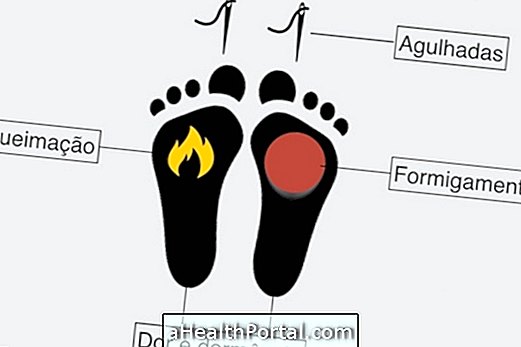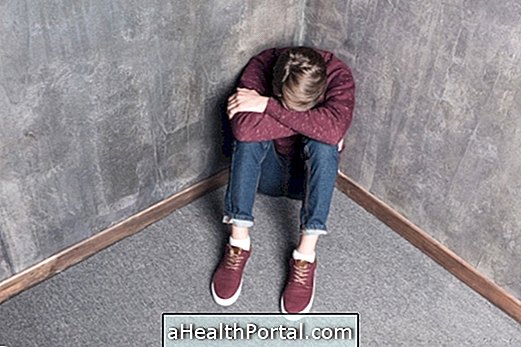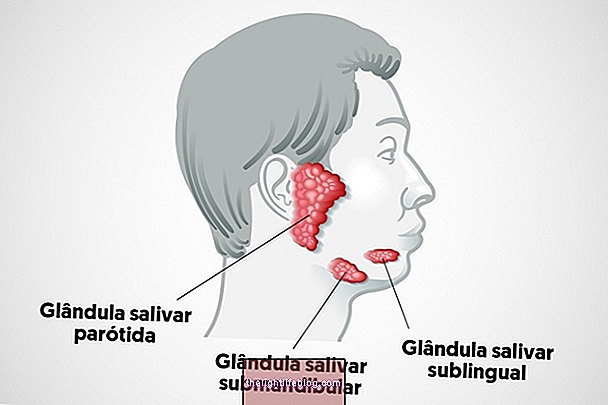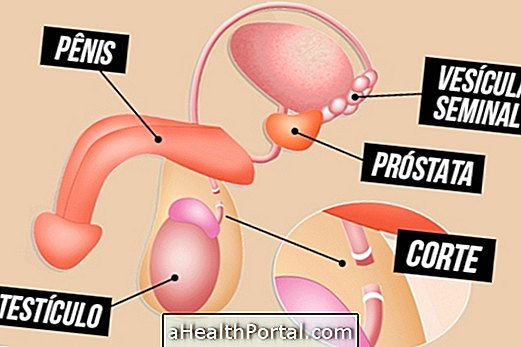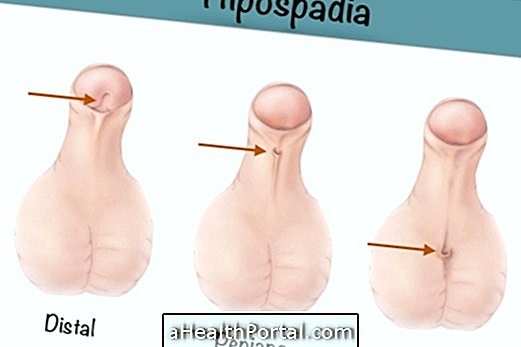Urinary incontinence is the involuntary loss of urine that can affect both men and women, and although it can reach any age group, it is most often in pregnancy and menopause.
The main symptom of incontinence is loss of urine. What usually happens is that the individual can no longer hold the pee, wetting the panties or underwear, even having a small amount of urine in the bladder.
The following are the most common questions about incontinence.
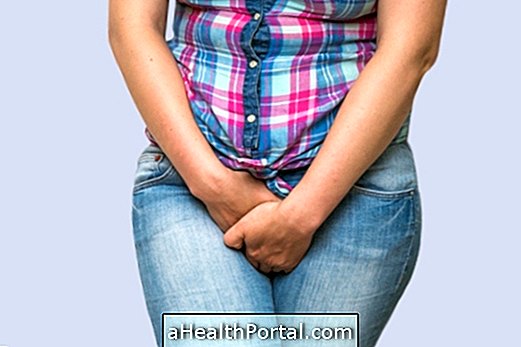
1. Incontinence happens only in women.
Myth. Men and even children can be affected. Men are more affected when they have prostate changes or after their removal, since children are more affected by emotional problems, stress or severe changes in the nerves that control the bladder.
2. Whoever has incontinence will always have to exercise.
Truth. In most cases, whenever the person has difficulty in holding the urine, it is necessary to perform physiotherapy, use medicines or perform surgery, as a way of maintaining the results, it will be necessary to maintain the strengthening of the pelvic floor muscles by doing kegel exercises at least once a week. Learn how to do the best exercises in the following video:

3. Incontinence has no cure.
Myth. Physiotherapy has exercises and devices like Biofeedback and electrostimulation that are able to cure or at least improve urine loss by more than 70% in men, women or children. But in addition, there are remedies and surgery can be indicated as a form of treatment, but in any case physical therapy is necessary. Check out all the treatment options to control peeing.
In addition, special incontinence undergarments that can absorb small to moderate amounts of urine, neutralizing the odor, may be used during treatment. These underwear are an excellent choice in replacing the absorbents.
4. Incontinence always happens in pregnancy.
Myth. Young women who have never become pregnant may also have difficulty controlling urine, but it is true that the most common is the onset of this disorder in late pregnancy, postpartum or menopause.
5. Stress worsens incontinence.
Truth. Stress situations can make it difficult to control urine, so anyone who has incontinence should remember to urinate every 20 minutes after ingesting fluids, and every 3 hours, not just waiting for the urge to pee.
6. Surgery is the only solution for incontinence.
Myth. In more than 50% of the cases the symptoms of urinary incontinence come back after 5 years of the surgery, this indicates the need to perform physical therapy, before and after surgery, and it is important to maintain the exercises at least once a week forever. Know when and how incontinence surgery is done.

7. The man with incontinence can urinate during sex.
Truth. During sexual contact the man may not be able to control the urine and end up urinating, bringing discomfort to the couple. To minimize the risk of this happening it is recommended to urinate before intimate contact.
8. Incontinence is only when it is not possible to hold the pee at all times.
Myth. Incontinence has varying degrees of intensity, but not being able to hold the pee, only when it is too tight to go to the toilet already indicates a difficulty of contracting the pelvic floor muscles. Therefore, even if there are small drops of urine in the panties or underwear 1 or 2 times a day, this already indicates the need to perform kegel exercises.
9. Remedies can cause incontinence.
Truth. Diuretics such as Furosemide, Hydrochlorothiazide and Spironolactone may aggravate incontinence because they increase urine production. To prevent this from happening it is important to go to the bathroom to pee every 2 hours. Check out the names of some remedies that can cause incontinence.
10. Normal labor only causes incontinence.
Myth. Both normal birth and cesarean delivery can cause urinary incontinence, however, uterine prolapse is more common in women who have had more than 1 normal birth. Postpartum urinary incontinence can also occur in cases where labor has to be induced, when the baby takes too long to be born, or weighs more than 4 kg, as the muscles that control urine stretch and become more flaccid, with involuntary loss of urine.
11. Whoever has incontinence should avoid drinking liquids.
Truth. It is not necessary to stop drinking liquids, but the amount needed must be controlled and in addition, it is important to go to the bathroom to pee every 3 hours or at least about 20 minutes after taking 1 glass of water, for example. See more tips on feeding in this video by nutritionist Tatiana Zanin:

12. Low bladder and incontinence is the same thing.
Truth. Popularly the known condition for urinary incontinence is 'low bladder' because the muscles holding the bladder are weaker, which leaves the bladder lower than normal. However, low bladder is not the same as uterine prolapse, which is when one can see the uterus very close, or even outside, of the vagina. In any case there is incontinence, being more delayed its control with physiotherapy, medicines and surgery.

